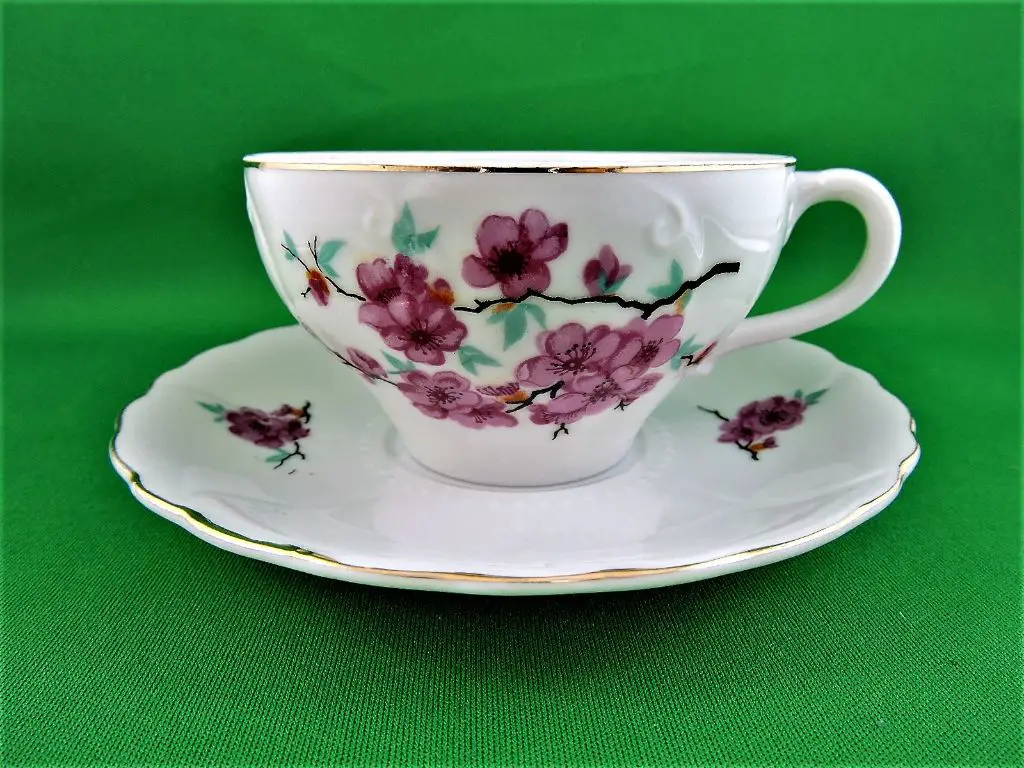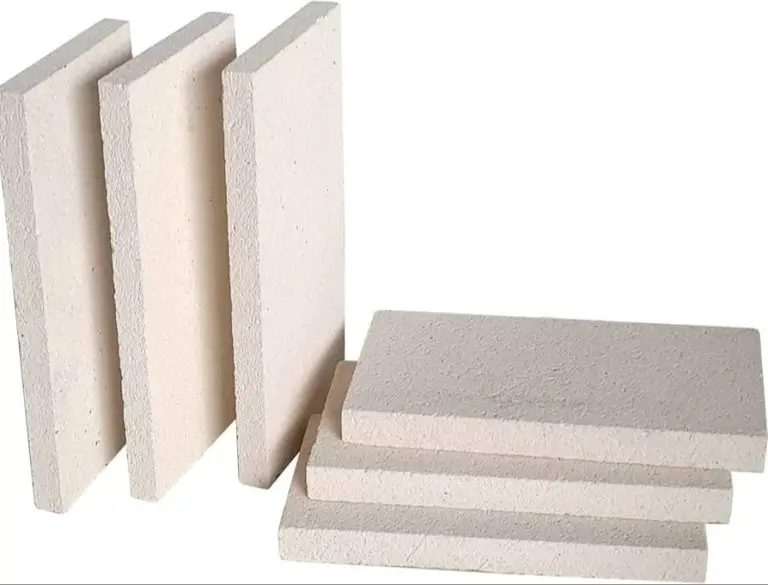Is Fine Bone China Good Quality?
Fine bone china is a type of porcelain known for its thin, translucent appearance and white color. It is made from finely ground animal bone ash, kaolin clay, and feldspar. The bone ash, which comes from cattle bones, makes up about 50% of fine bone china’s composition. This gives the porcelain its white color and transparency.
The origins of fine bone china date back to 18th century England. In 1789, Josiah Spode developed an improved formula for bone china by adding calcined ox and sheep bones to the clay mixture. This allowed manufacturers to create thinner and lighter porcelain while still retaining its strength. Spode’s bone china quickly gained popularity and reputation for its beauty and delicacy.
Other notable English potteries, like Royal Worcester and Wedgwood, also began producing fine bone china in the early 1800s. The thin, translucent porcelain reflected the aesthetics and refinement of the neoclassical period. As bone china’s popularity grew, it became sought after dinnerware among the upper classes and royalty. Today it is still prized for its elegance and associated with fine dining.
What Makes Bone China ‘Fine’?
Bone china is considered “fine” due to its high-quality ingredients, strict composition standards, and specialized firing process.
Bone china contains at least 30% bone ash, which gives it a bright white color and translucent quality. The bone ash comes from cattle bones that have been fired at over 1200°C to become a calcified mixture rich in phosphate. This bone ash is then combined with china clay and feldspathic rock to create the bone china mixture according to ENGLISH STANDARDS
For porcelain to qualify as bone china, the composition must be at least 30% bone ash, 25% china clay, and 25% feldspar. This ratio results in bone china having high whiteness and translucency compared to other types of porcelain. The specialized ingredients also enable bone china to be molded into thinner, more delicate shapes while maintaining strength.
After molding, bone china undergoes a firing process reaching over 1200°C. Firing at high temperatures makes bone china less porous and more durable than standard porcelain. This allows bone china to better resist stains, scratches, and cracks. The firing process creates the glossy, smooth surface associated with fine bone china.
It is the meticulous combination of quality ingredients and high firing temperatures that makes bone china finer and more durable than typical porcelain dishes.
Key Characteristics
Fine bone china is distinguished by several unique characteristics that set it apart from other ceramic materials like porcelain or stoneware. Some of the key characteristics of fine bone china include:
Translucency: Fine bone china is known for its delicate, translucent quality. The material is formulated to allow light to pass through it, giving it a luminous, soft glow. This translucency is achieved by the high percentage of bone ash in the clay body, which results in very thin, light-weight pieces.
Durability: While fine bone china has a refined, fragile appearance, it is actually highly durable and resistant to chipping. The phosphates in the bone ash strengthen the material, making bone china less prone to cracking or breaking compared to traditional porcelain. Quality bone china, when fired at very high temperatures, can be up to 50% stronger than porcelain.
Thinness: The walls of fine bone china pieces are extremely thin, often with thickness less than 1 mm. This thinness contributes to the lightweight, delicate nature of bone china. Expert craftsmanship allows bone china to be fired at high temperatures without warping or breaking despite the slim profile.
Whiteness: Fine bone china possesses an exceptional bright white color and smooth surface. This is achieved by the high kaolin content in the clay as well as the whiteness provided by the bone ash. The result is a crisp, clean white color unlike any other ceramic material.
Craftsmanship
Fine bone china is renowned for its exceptional craftsmanship. Skilled artisans carefully shape and decorate each piece by hand using specialized techniques that have been passed down through generations. The clay is thrown on a potter’s wheel then trimmed and cleaned by hand before being adorned with intricate patterns. Many fine china manufacturers still employ highly-trained painters to hand-apply decorative motifs in multiple layers, often using 22-24 karat gold gilding for an opulent finish.
Every step of the production process demands close attention to detail. Experienced craftspeople inspect each piece for imperfections before firing at extremely high temperatures up to 1400°C. The result is porcelain with unmatched thinness, strength, whiteness and translucency. This level of hand-crafting and quality control ensures the finest bone china lives up to its reputation for beauty and excellence.
Prestige and Reputation
Fine bone china is highly regarded for its prestige and reputation of luxury. It has a long history of being associated with royalty across Europe, known for its delicate translucency and refined white appearance.
According to https://luxurybonechina.com/what-is-fine-bone-china/, bone china first became popular among British royalty in the 18th century, prized for its beauty and durability. Luxury bone china producers like Wedgwood and Spode supplied fine dinnerware to royal households. Owning bone china symbolized wealth and status.
Today, fine bone china maintains an aura of elegance and sophistication. Top designers create ornate patterns and styles for elite clientele. It is considered the most high-end and prestigious type of dinnerware, perfect for lavish events and formal occasions. The reputation of fine bone china continues to be synonymous with luxury living.
Cost
Fine bone china is significantly more expensive than regular bone china and other dinnerware materials like porcelain and stoneware. The high cost stems from the meticulous craftsmanship and rare materials required to produce fine bone china.

According to Buttercup China, “the cost of fine bone china can also fluctuate, which means you could be giving someone a valuable investment that they can build on themselves. It is beautiful, refined and built to last.” The cost fluctuates because fine bone china contains at least 45% bone ash, which is derived from animal bones. This makes the supply of bone ash limited compared to other materials.
Additionally, the production process for fine bone china is lengthy and requires skilled artisans. Pieces often feature hand-painted decorations and gold or platinum edges. All of these factors contribute to the high price point.
So while fine bone china is significantly more expensive than regular dinnerware, its longevity and heirloom qualities make it a smart investment for special occasions and formal dining.
Performance
When evaluating fine bone china’s quality and performance, one key factor is how it withstands daily use. Fine bone china is known for its durability and strength compared to regular porcelain. The addition of bone ash to the clay composition results in a lightweight yet sturdy material.
Fine bone china’s smooth glazed surfaces make it easy to clean by hand or in the dishwasher. The glaze resists staining and helps prevent food and drinks from absorbing into the porcelain. Quality bone china is generally safe to use in the microwave, provided it does not have any metal accents that can spark or get hot. Always check the manufacturer’s recommendations.
Overall, fine bone china offers excellent performance for daily use. Its delicate appearance belies its resilient physical properties that allow bone china to be repeatedly washed, microwaved, and used without showing signs of wear. This practical strength and ease of care adds to fine bone china’s appeal as a high-quality dinnerware material.
Aesthetics
Fine bone china is renowned for its elegant, delicate, and beautiful designs. Its translucent white color and smooth texture provide the ideal canvas for intricate patterns, motifs, and artistic expressions.1 The exquisite craftsmanship allows artisans to create stunning visual effects like no other dinnerware material. From traditional oriental scenes to modern minimalist styles, the possibilities for creative expression are endless.2
The aesthetics of fine bone china are a key part of its enduring popularity and appeal. Its delicate beauty elicits a sense of luxury and sophistication at the dining table. The pleasing designs and textures make every meal feel like a special occasion. While fine bone china requires gentle care, its visual splendor is cherished by connoisseurs around the world.
1 https://lazzaro.in/pages/discover
2 https://www.yumpu.com/en/document/view/33743549/dudson-fine-china-dudson-usa
Alternatives to Fine Bone China
While fine bone china is renowned for its beauty and prestige, there are quality alternatives for those seeking high-end dinnerware without animal products.
Porcelain is one popular alternative. Made from kaolin clay, porcelain can achieve a similar translucent quality to bone china without animal bone ash. High-end porcelain often rivals fine bone china in durability, design, and overall quality.
Stoneware is another option, providing excellent durability and heat resistance. Quality stoneware dishes feature stunning glazes in an array of colors and patterns. With a more casual, rustic aesthetic, stoneware makes a great everyday or informal option compared to delicate bone china.
There are also many other high-end ceramic materials such as vitrified china and fine earthenware. While the composition varies, quality construction and beautiful artistry define luxury in these pieces. With mindful selection, one can find vegan-friendly alternatives to bone china delivering comparable beauty and enjoyment.
Cited from: https://celebribody.com/diets/vegan-diet/is-fine-bone-china-vegan/
Conclusion
In conclusion, fine bone china offers many benefits but also has some drawbacks to consider. On the pro side, it has a refined, delicate aesthetic and feels thinner and lighter than porcelain. Fine bone china also allows light to pass through it beautifully and has a lovely smooth surface. The prestige and reputation as a high-quality material makes bone china dinnerware feel luxurious. However, it comes at a steep cost and requires careful handling to prevent chipping. Fine bone china lacks the durability of porcelain and is prone to staining. For many, the elegance and cachet of fine bone china makes it a worthwhile investment for special occasions and formal dining. But for everyday use, porcelain may be a more practical and cost-effective option. Ultimately, the decision between fine bone china and alternatives depends on your priorities – aesthetics vs. practicality, luxury vs. affordability – and how you plan to use the dinnerware.




